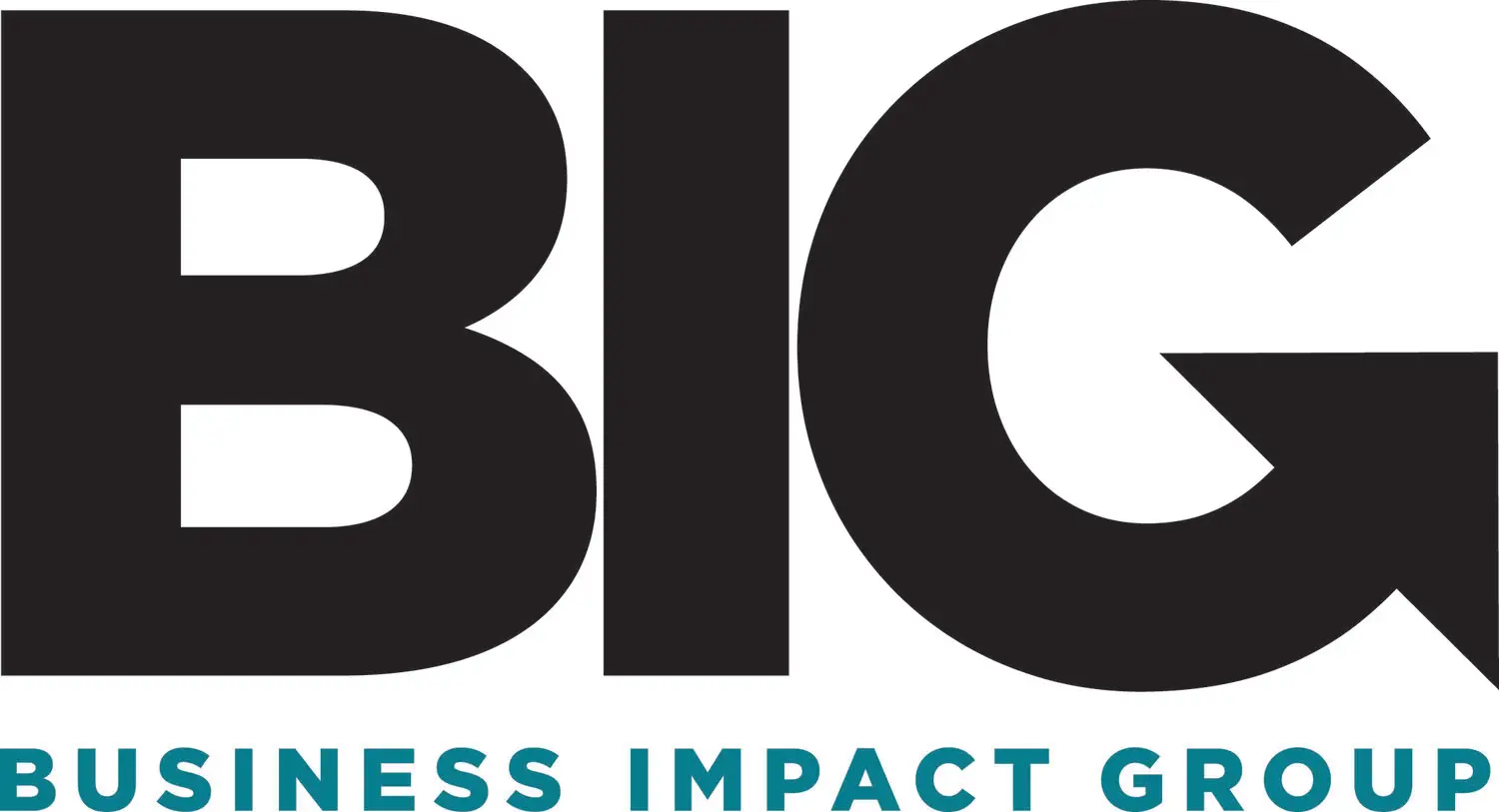In the ever-evolving landscape of business development, referral partnerships stand out as a powerful strategy for growth and sustainability. These partnerships are not merely transactional; they are built on trust, mutual benefit, and a shared vision for success. When businesses collaborate through referral networks, they tap into each other’s customer bases, significantly expanding their reach without the hefty costs associated with traditional marketing.
This symbiotic relationship allows businesses to leverage the credibility and reputation of their partners, which can lead to higher conversion rates and increased customer loyalty. The essence of referral partnerships lies in the understanding that a recommendation from a trusted source carries far more weight than any advertisement, making it a cornerstone of effective business development. Moreover, referral partnerships foster a sense of community among businesses, encouraging collaboration over competition.
In an age where consumer preferences are shifting towards brands that demonstrate authenticity and social responsibility, businesses that engage in referral partnerships can position themselves as part of a larger ecosystem that prioritizes customer satisfaction and value creation. This collaborative approach not only enhances brand visibility but also cultivates a network of advocates who are invested in each other’s success. As businesses navigate the complexities of market dynamics, establishing strong referral partnerships can serve as a strategic advantage, enabling them to adapt and thrive in an increasingly competitive environment.
Key Takeaways
- Referral partnerships are important for business growth and can lead to a steady stream of qualified leads.
- Potential referral partners can be found among complementary businesses, industry associations, and satisfied customers.
- Building strong relationships with referral partners involves clear communication, mutual trust, and a commitment to delivering value.
- A mutually beneficial referral program should offer incentives for both the referrer and the referred, and be easy to understand and participate in.
- Leveraging technology can streamline the referral process, track performance, and provide valuable data for optimization.
- Measuring and tracking referral partner performance is essential for identifying top performers and areas for improvement.
- Nurturing and growing referral partnerships over time requires ongoing communication, support, and recognition of the value they bring to the business.
Identifying Potential Referral Partners
The first step in establishing fruitful referral partnerships is identifying potential partners who align with your business values and objectives. This process involves a thorough analysis of your industry landscape, where you can pinpoint businesses that complement your offerings rather than compete directly with them. For instance, if you run a digital marketing agency, potential referral partners could include web development firms, graphic design studios, or even local businesses seeking to enhance their online presence.
By focusing on complementary services, you create opportunities for cross-referrals that benefit both parties. Additionally, consider the target audience of potential partners; aligning your customer demographics can significantly enhance the effectiveness of your referral efforts. Once you have identified potential partners, it is crucial to conduct due diligence to ensure they possess a solid reputation and share similar values.
This may involve researching their online presence, reading customer reviews, and even reaching out to mutual connections for insights. Engaging in networking events or industry conferences can also provide valuable opportunities to meet potential partners face-to-face, allowing for more authentic connections. Building a list of potential referral partners is just the beginning; the key is to approach these relationships with a mindset of collaboration and shared goals.
By taking the time to identify and vet potential partners carefully, you lay the groundwork for successful and sustainable referral partnerships.
Building Strong Relationships with Referral Partners

Once potential referral partners have been identified, the next step is to cultivate strong relationships that foster trust and collaboration. Building these relationships requires consistent communication and engagement. Regular check-ins, whether through phone calls, emails, or face-to-face meetings, help maintain an open line of communication and demonstrate your commitment to the partnership.
Sharing insights about your business developments, successes, and challenges can create a sense of camaraderie and encourage your partners to do the same. This transparency not only strengthens the bond between partners but also allows for more effective collaboration when it comes to referring clients. In addition to communication, it is essential to invest time in understanding your partner’s business model and customer needs.
This knowledge enables you to make informed referrals that are genuinely beneficial for both parties involved. For instance, if you know that your partner’s client base is seeking specific services that you offer, you can tailor your referrals accordingly. Furthermore, celebrating each other’s successes—whether through social media shout-outs or joint marketing efforts—can reinforce the partnership’s value and encourage ongoing collaboration.
By prioritizing relationship-building and demonstrating genuine interest in your partner’s success, you create a solid foundation for a thriving referral partnership.
Creating a Mutually Beneficial Referral Program
A well-structured referral program is essential for maximizing the benefits of referral partnerships. This program should clearly outline how referrals will be exchanged and what incentives will be offered to encourage participation from both sides. For instance, you might implement a points system where partners earn rewards for each successful referral they make.
Alternatively, offering financial incentives or discounts on services can motivate partners to actively promote your business. The key is to ensure that the program is straightforward and easy to understand so that both parties feel confident in participating. Additionally, it is vital to establish clear guidelines regarding the referral process itself.
This includes defining what constitutes a qualified lead and how referrals will be tracked and reported. By setting these parameters upfront, you minimize misunderstandings and ensure that both parties are aligned in their expectations. Regularly reviewing and refining the program based on feedback from partners can also enhance its effectiveness over time.
A mutually beneficial referral program not only incentivizes participation but also reinforces the commitment between partners, creating a win-win scenario that drives business growth for all involved.
Leveraging Technology to Facilitate Referral Partnerships
In today’s digital age, technology plays a pivotal role in facilitating and enhancing referral partnerships. Various tools and platforms can streamline communication, track referrals, and manage relationships more effectively. Customer Relationship Management (CRM) systems are particularly valuable in this regard; they allow businesses to keep detailed records of interactions with referral partners and monitor the status of referrals in real-time.
By utilizing these technologies, businesses can ensure that no potential lead falls through the cracks while also providing partners with timely updates on their referrals. Moreover, social media platforms can serve as powerful tools for promoting referral partnerships. By sharing success stories or testimonials from satisfied clients on platforms like LinkedIn or Facebook, businesses can showcase the value of their partnerships while also reaching a broader audience.
Additionally, online collaboration tools such as Slack or Microsoft Teams can facilitate ongoing communication between partners, making it easier to share insights and updates quickly. Embracing technology not only enhances efficiency but also fosters a culture of collaboration that is essential for nurturing successful referral partnerships.
Measuring and Tracking Referral Partner Performance

To ensure the long-term success of referral partnerships, it is crucial to implement systems for measuring and tracking performance effectively. Establishing key performance indicators (KPIs) allows businesses to assess the effectiveness of their referral programs objectively. Metrics such as the number of referrals generated, conversion rates, and overall revenue attributed to referrals provide valuable insights into which partnerships are yielding the best results.
Regularly reviewing these metrics enables businesses to identify trends and make data-driven decisions regarding their referral strategies. In addition to quantitative metrics, qualitative feedback from partners can also provide valuable insights into the partnership’s effectiveness. Conducting periodic surveys or feedback sessions allows businesses to gauge partner satisfaction and identify areas for improvement.
This two-pronged approach—combining quantitative data with qualitative insights—ensures that businesses remain agile in their referral strategies while fostering an environment of continuous improvement. By actively measuring and tracking performance, businesses can optimize their referral partnerships for maximum impact.
Nurturing and Growing Referral Partnerships Over Time
The journey of building successful referral partnerships does not end once they are established; nurturing these relationships over time is essential for sustained growth and success. Regularly engaging with partners through networking events, joint marketing initiatives, or collaborative projects helps keep the relationship dynamic and mutually beneficial. Celebrating milestones together—such as anniversaries or significant achievements—can further strengthen the bond between partners while reinforcing a sense of shared purpose.
Additionally, as businesses evolve and grow, it is important to revisit and reassess referral partnerships periodically. Changes in market conditions or shifts in business focus may necessitate adjustments in how referrals are exchanged or which partners are prioritized. Open communication about these changes ensures that both parties remain aligned in their goals and objectives.
By fostering an environment of continuous engagement and adaptation, businesses can cultivate long-lasting referral partnerships that contribute significantly to their overall growth strategy. Ultimately, nurturing these relationships transforms them into invaluable assets that drive sustained business development over time.
If you’re interested in learning more about how companies have successfully leveraged referral marketing strategies, you might find the article on case studies of companies that thrived through referral marketing particularly enlightening. It provides real-world examples and insights into how businesses have developed and benefited from strong referral partnerships. You can read more about these success stories by visiting Case Studies: Companies That Thrived with Referral Marketing. This resource can offer valuable lessons and strategies that could be applicable to your own business development efforts.
FAQs
What is business development?
Business development is the process of identifying opportunities for growth within a company and implementing strategies to capitalize on those opportunities. This can include building partnerships, expanding into new markets, and increasing sales.
What are referral partnerships?
Referral partnerships are agreements between businesses to refer customers to each other in exchange for a commission or other benefits. This can be a mutually beneficial way for businesses to expand their customer base and increase revenue.
How can business development be used to create referral partnerships?
Business development professionals can identify potential referral partners by researching complementary businesses in their industry. They can then reach out to these businesses to propose a partnership and negotiate the terms of the agreement.
What are the benefits of creating referral partnerships through business development?
Creating referral partnerships through business development can lead to an increase in customer referrals, which can result in higher sales and revenue for both businesses involved. It can also help businesses to reach new customer segments and expand their market reach.
What are some best practices for creating successful referral partnerships through business development?
Some best practices for creating successful referral partnerships include clearly defining the terms of the partnership, providing training and support to partners, and regularly communicating and collaborating to ensure the partnership is mutually beneficial.





